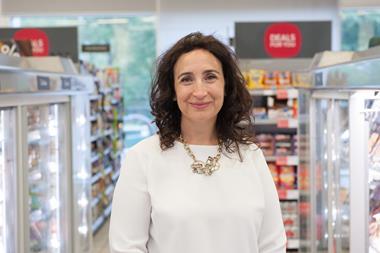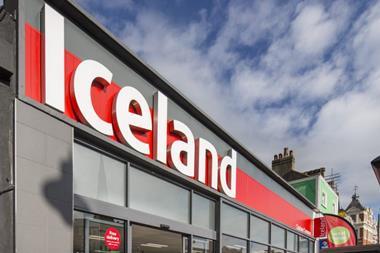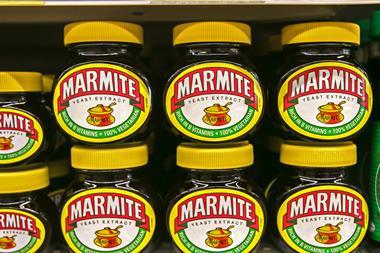Shop price inflation soared in December, driven by an increase in non-food inflation, as the cost of living rises across the UK.

The rate of shop price inflation was 1.5% in January compared to 0.8% in December, according to the latest BRC-Nielsen shop price index.
This remained above the 12-month average decrease of 0.6%, as well as the six-month price rise of 0.1%, and marked the highest rate of inflation since December 2012.
Non-food inflation rose to 0.9% in January, compared to a fall in prices of 0.2% in December, and marked a faster rate of price growth than the 12- and six-month average price declines of -1.3% and -0.4% respectively.
Food prices accelerated to 2.7% in January, up from 2.4% in December. This price increase remained above the 12-month average price growth rate of 0.5%, as well as the six-month growth rate of 1.1%. This rate is now the highest inflation rate recorded since October 2013.
Fresh food inflation dipped slightly to 2.9% last month from 3% in December but remained greater than the 12-month average growth rate of 0.1%.
BRC chief executive Helen Dickinson said that the rise in shop price is part of wider rising inflation across the UK: “January saw shop price inflation nearly double, driven by a sharp rise in non-food inflation. In particular, furniture and flooring saw exceptionally high demand, leading to increased prices as the rising oil costs made shipping more expensive. Food prices continue to rise, especially domestic produce, which has been impacted by poor harvests, labour shortages and rising global food prices.
“The rise in shop prices is playing into wider UK inflation, which is pushing the cost of living to the forefront of the political agenda. Many households will find it difficult to absorb the additional costs, as well as others on the horizon. Retailers are working hard to cut costs, but it would be impossible to protect consumers from any future rises.”
“As commodity prices, energy prices and transportation costs continue to rise, it is inevitable that retail prices will continue to follow in the future.”
NielsenIQ head of retailer and business insight Mike Watkins added: “The surge in energy and travel costs is now impacting disposable incomes and is likely to dent consumer’s willingness to spend. NielsenIQ research this month shows nearly half of all households are saying that their most important concern at the moment is the rising cost of living.
“This will mean stores will need to encourage cash-strapped customers to keep shopping and, despite the increase in shop prices, retailers are responding by keeping price increases as low possible for as long as possible.”
- Never miss a story – sign up to Retail Week’s breaking news alerts


























No comments yet